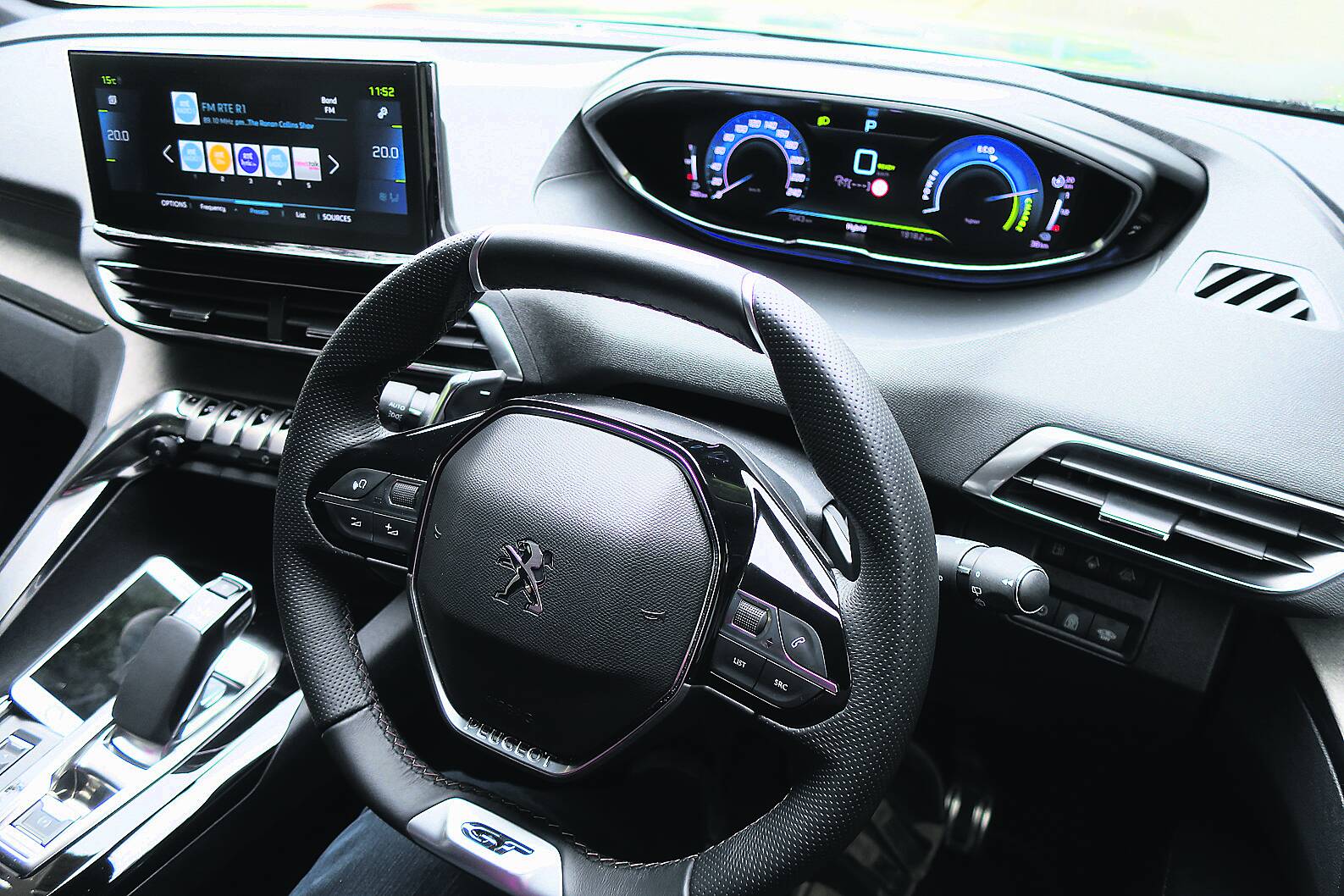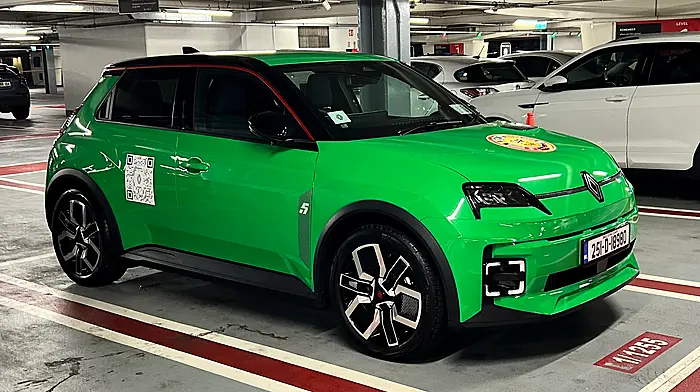BY BRIAN BYRNE
WHEN Peugeot introduced their first generation 3008 in 2009 it was an immediate success. So much so, that it rapidly went to waiting list status in Ireland. It was also the winner of the Semperit Irish Car of the Year 2010 which I remember very well, as I’m a longtime member of the judging panel for the award, initiated more than four decades ago by the Irish Motoring Writers’ Association.
The car is only in its second generation now, though for many it might seem there’s a third, because the refresh carried out for this model year substantially primped up the exterior in the front and rear treatments.
Already a handsome car, these details bring the styling into line with more recent renewed models like the 2008 and the upcoming new 308. Presence with a capital ‘P’ is probably not too strong a description.
The car is in a seriously busy arena, in size a little bigger than Nissan’s latest Qashqai, a bit smaller than Hyundai’s Tucson. Both prime competitors.
When the second generation 3008 came along, it was with a very substantial uptick in interior styling. A quite dramatic cockpit with strong design in a futuristic ethos. Five years in, it still feels that way.
For the refresh the carmaker has enhanced the space without changing the dramatics. A larger centre screen, some trim glitter-work, still feeling premium. Still looking and feeling extremely comfortable.
The touchscreen graphics are well designed, and primary navigation through it is by tapping a line of piano keys below it.

Then you have to make adjustments such as the climate temperature by tapping the screen. That’s a movement or two more than it should be, so let’s get back to rotary temperature knobs in the next iteration, please?
The now-ubiquitous brand’s small steering wheel with the flattened top allows monitoring the main instruments in their high position over it.
I like the clarity of these dials, and there’s no need to search out for any required information.
The 3008 is a roomy car, with plenty of space in the rear seats for adults or lanky teens. They’ll find it fully comfortable for any long family trips, too. The luggage space is decent, with little obstructions, and very well finished.
My main reason for taking this one for review was the PHEV powertrain, a combination of a 1.6 petrol engine and an electric motor with a 225hp output. There’s also 300hp with two e-motors and AWD available.

At this stage I probably don’t have to explain the PHEV system, except to remind readers that the best way to use it is with a diligent attitude to plugging in the car when you get home. That way you’ll have up to 60kms of electric driving available every morning. On long trips, you can either hold that charge until you reach your urban destination, or use your engine to recharge the battery when it is depleted ... but that is an expensive way of getting your e-juice.
That reminder done, the powertrain in the 3008 PHEV is really smooth, in part because the transmission is the excellent Aisin 8-speed automatic from the largest provider of automatic transmissions in the world. The overall oomph from the combined engine and e-motor makes for a good push if you need acceleration. Quite a dream to drive, really.

Last week’s news of the ending of the SEAI grant for plug-in hybrid cars was unexpected and has thrown a spanner into this part of the electrified cars movement. Especially for those who have already ordered for delivery in January or soon after, as it will add €2,500 to the price. We’ll have to wait and see if pressure from the trade and customers will change that, maybe until mid-year which would be sensible.
If they don’t, I see many potential PHEV buyers shifting back to the diesel option.










